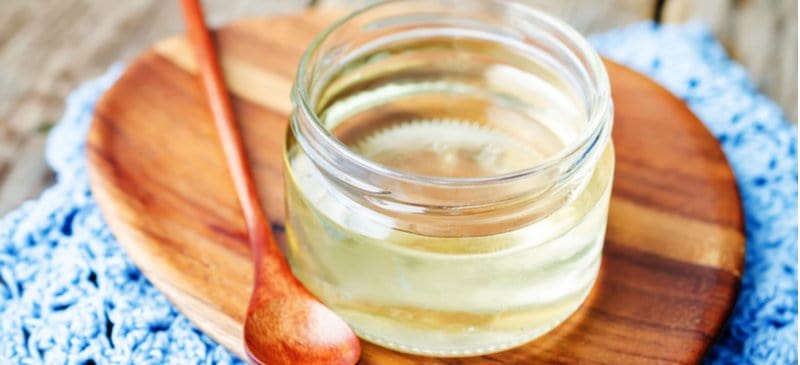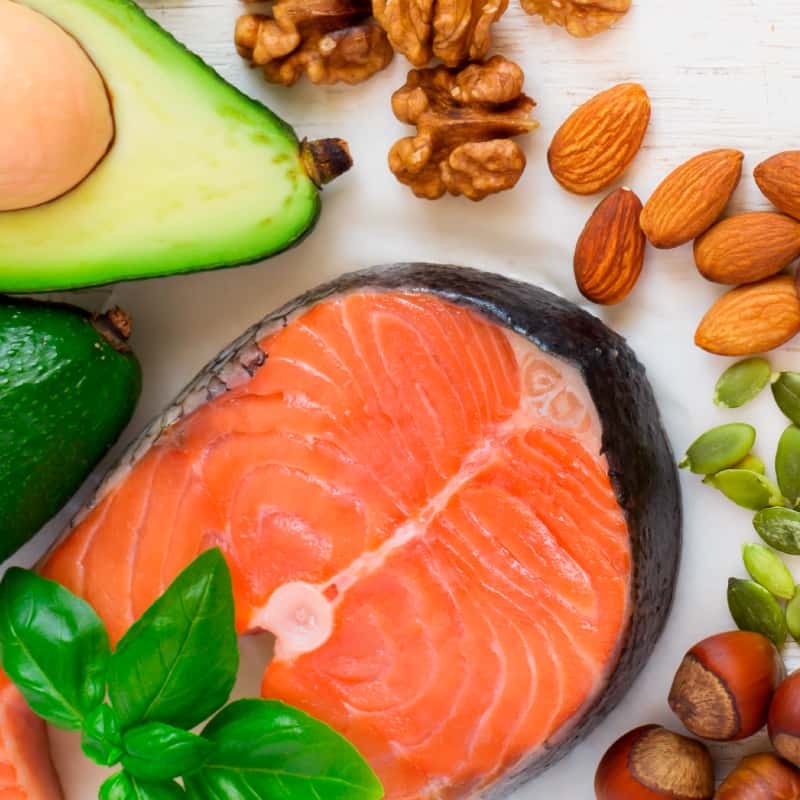This Dr. Axe content is medically reviewed or fact checked to ensure factually accurate information.
With strict editorial sourcing guidelines, we only link to academic research institutions, reputable media sites and, when research is available, medically peer-reviewed studies. Note that the numbers in parentheses (1, 2, etc.) are clickable links to these studies.
The information in our articles is NOT intended to replace a one-on-one relationship with a qualified health care professional and is not intended as medical advice.
This article is based on scientific evidence, written by experts and fact checked by our trained editorial staff. Note that the numbers in parentheses (1, 2, etc.) are clickable links to medically peer-reviewed studies.
Our team includes licensed nutritionists and dietitians, certified health education specialists, as well as certified strength and conditioning specialists, personal trainers and corrective exercise specialists. Our team aims to be not only thorough with its research, but also objective and unbiased.
The information in our articles is NOT intended to replace a one-on-one relationship with a qualified health care professional and is not intended as medical advice.
What Is Invert Sugar? Nutrition, Uses, Side Effects & How to Make Your Own
October 5, 2024

Have you seen the term “invert sugar” used on labels of store-bought baked goods or sweetened beverages? You may wonder what makes this type of sugar different than standard table sugar.
You know how when you add a teaspoon of table sugar to iced tea or any beverage at room temperature, it just falls to the bottom? Invert sugar, on the other hand, is more soluble in liquids.
Its ability to dissolve makes it a better option for sweetening beverages and other food products.
While it’s true that invert sugar works well to dissolve in beverages, candies and baked goods, at the end of the day, it’s still sugar. Considering many Americans are dealing with sugar addictions and consuming way too much of it, don’t go out of your way to use invert sugar.
In fact, if you see it on an ingredient label, let that be a red flag that the product contains refined sugars and should be avoided or consumed in moderation.
What Is Invert Sugar?
Invert sugar is a liquid syrup that’s made from granulated table sugar and water. It’s created with a process that involves mixing sucrose with water and heating it until the bonds between glucose and fructose break.
This process, called hydrolysis, creates a thick, sweetened syrup. With regular table sugar (called sucrose), glucose and fructose are two different sugar molecules that are attached, but hydrolysis allows the molecules to separate — allowing for a sweetener that’s half free glucose and half free fructose.
Other Names
Invert sugar got its name from the way that polarized light is reflected through the syrupy sweetener. When compared to the way that polarized light shines on sucrose, when light shines on inverted sugar, it’s rotated in the opposite direction.
Invert sugar goes by a few other names as well, including:
- invert sugar syrup
- inverted sugar syrup
- invert syrup
- invert maple syrup
- artificial honey
- simple syrup
All of these terms are used to describe a sugary substance that has the same nutrition profile as table sugar but has gone through a process that makes it more soluble.
Uses/Culinary Benefits
Invert syrup has a thick, smooth texture. It’s used in candies, beverages and commercial goods that need to maintain a smoothness.
Here’s a breakdown of how and why it’s used for culinary and manufacturing purposes:
- Beverage sweetener: Because invert syrup dissolves in cold beverages, it’s often used to sweeten iced coffee, iced teas, frozen cocktails and more. It’s also used in flavored syrups that are often used in coffee shops.
- Food and candy sweetener: It’s used in foods and candies, including ice cream, fudge, chocolate ganache, taffy, cookies and cakes.
- Improves texture: Invert syrup is used to improve the texture and moisture of baked goods. It won’t crystalize, which can occur when baking with table sugar.
- Fermenter: Invert sugar is used to ferment products like kombucha and beer. Research shows that invert sugar is a preferential fermentation of glucose.
- Potentially more resistant to spoilage: Products containing invert sugar may be more resistant to microbial growth, but more research is required on this topic to draw conclusions.
Nutrition Facts
Nutritionally, invert sugar and table sugar are almost the same. They do have different chemical and structural properties, and there are two types of inverted sugar that you’ll find on the market.
Fifty percent inverted sugar syrup is made up of half sucrose (table sugar), and the other half is inverted glucose and fructose. One-hundred percent inverted sugar syrup is entirely made up of inverted glucose and fructose.
The U.S. Department of Agriculture reports that one tablespoon of simple syrup contains approximately:
- 36.8 calories
- 9.1 grams carbohydrates
- 9.1 grams sugar
- zero protein
- zero fat
- zero fiber
How to Make It
Want to make your own invert sugar? The process is fairly simple and takes about an hour.
Here’s an invert sugar recipe:
INGREDIENTS:
- 2 cups water
- 4.4 cups granulated sugar
- ¼ teaspoon cream of tartar or citric acid
- candy thermometer
DIRECTIONS:
- Combine ingredients in saucepan, and place over medium heat, allowing the sugar to dissolve.
- Keep an eye on the heat, and stir your syrup until all granulated sugar dissolves.
- Remove from heat, and when cool enough to handle, pour into glass jar with lid.
Risks and Side Effects
At the end of the day, invert sugar is no better for your health than standard table sugar. In fact, you’ll often see the ingredient in junk foods or sugary treats, like ice cream, cake and candies.
Remember the dangers of consuming too much sugar, including health complications like:
- heart disease
- kidney damage
- skin problems
- bone and joint problems
- infections in teeth and gums
- metabolic syndrome
- obesity
- fatigue
The key to health is actually reducing sugar intake, including invert sugar. Watch out for food products and beverages with hidden sugars, including bottled iced coffees, teas and sports drinks.
Conclusion
- Invert sugar is a liquid syrup that’s made from granulated table sugar and water. It’s created through hydrolysis, a process that involves mixing sucrose with water and heating it until the bonds between glucose and fructose break apart.
- Because inverted sugar dissolves well in cold beverages, it’s often used to sweeten iced coffees, teas, cocktails and more. It’s also used in candies, ice creams and baked goods.
- At the end of the day, inverted sugar and table sugar have the same nutrition profile, so you want to use it sparingly and look out for consuming foods and drinks with these types of hidden sugars.










